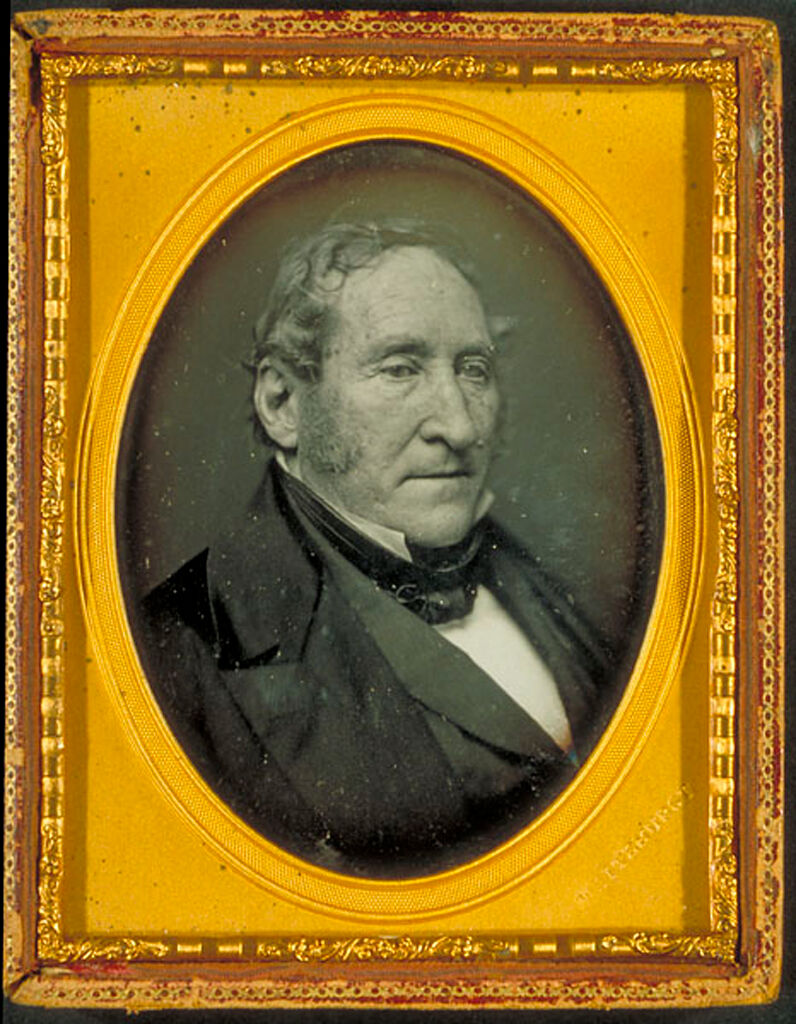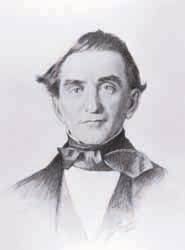|
Lake Benton (Lincoln County, Minnesota)
Lake Benton is a lake in Lincoln County, Minnesota, in the United States. Lake Benton was named for Thomas Hart Benton, a United States Senator from Missouri. A glacial lake, Lake Benton was at one time the largest lake in southwestern Minnesota. Due to the natural processes of evaporation and seepage affecting all glacial lakes, it is smaller now. See also *List of lakes in Minnesota This is a list of lakes of Minnesota. Although promoted as the "Land of 10,000 Lakes", Minnesota has 11,842 lakes of or more. The 1968 state survey found 15,291 lake basins, of which 3,257 were dry. If all basins over 2.5 acres were counted, Minn ... References Lakes of Minnesota Lakes of Lincoln County, Minnesota {{LincolnCountyMN-geo-stub ... [...More Info...] [...Related Items...] OR: [Wikipedia] [Google] [Baidu] |
Lincoln County, Minnesota
Lincoln County is a county in the U.S. state of Minnesota. As of the 2020 census, the population was 5,640. Its county seat is Ivanhoe. History During and after the American Civil War, the Minnesota legislature wanted to name a county after President Abraham Lincoln. Acts were proposed to effect this change in 1861, in 1866, and in 1870, but each time the effort failed by vote or was ignored by the county's citizens. The final effort was an act passed on March 6, 1873, dividing Lyon County into approximately equal halves, with the western half to be named Lincoln. The county voters approved this act in the November 1873 election, and Governor Horace Austin proclaimed the county's existence on December 5, 1873, with Lake Benton as county seat. In 1900 a new town closer to the county's center was platted, and in 1902 the county seat was moved to that settlement, Ivanhoe. Geography Lincoln County lies on Minnesota's border with South Dakota. The Lac qui Parle River flows northea ... [...More Info...] [...Related Items...] OR: [Wikipedia] [Google] [Baidu] |
Lake
A lake is an area filled with water, localized in a basin, surrounded by land, and distinct from any river or other outlet that serves to feed or drain the lake. Lakes lie on land and are not part of the ocean, although, like the much larger oceans, they do form part of the Earth's water cycle. Lakes are distinct from lagoons, which are generally coastal parts of the ocean. Lakes are typically larger and deeper than ponds, which also lie on land, though there are no official or scientific definitions. Lakes can be contrasted with rivers or streams, which usually flow in a channel on land. Most lakes are fed and drained by rivers and streams. Natural lakes are generally found in mountainous areas, rift zones, and areas with ongoing glaciation. Other lakes are found in endorheic basins or along the courses of mature rivers, where a river channel has widened into a basin. Some parts of the world have many lakes formed by the chaotic drainage patterns left over from the la ... [...More Info...] [...Related Items...] OR: [Wikipedia] [Google] [Baidu] |
United States
The United States of America (U.S.A. or USA), commonly known as the United States (U.S. or US) or America, is a country primarily located in North America. It consists of 50 states, a federal district, five major unincorporated territories, nine Minor Outlying Islands, and 326 Indian reservations. The United States is also in free association with three Pacific Island sovereign states: the Federated States of Micronesia, the Marshall Islands, and the Republic of Palau. It is the world's third-largest country by both land and total area. It shares land borders with Canada to its north and with Mexico to its south and has maritime borders with the Bahamas, Cuba, Russia, and other nations. With a population of over 333 million, it is the most populous country in the Americas and the third most populous in the world. The national capital of the United States is Washington, D.C. and its most populous city and principal financial center is New York City. Paleo-Americ ... [...More Info...] [...Related Items...] OR: [Wikipedia] [Google] [Baidu] |
Thomas Hart Benton (politician)
Thomas Hart Benton (March 14, 1782April 10, 1858), nicknamed "Old Bullion", was a United States Senator from Missouri. A member of the Democratic Party, he was an architect and champion of westward expansion by the United States, a cause that became known as Manifest Destiny. Benton served in the Senate from 1821 to 1851, becoming the first member of that body to serve five terms. Benton was born in Harts Mill, Orange County, North Carolina. After graduating from the University of North Carolina, he established a law practice and plantation near Nashville, Tennessee. He served as an aide to General Andrew Jackson during the War of 1812 and settled in St. Louis, Missouri, after the war. Missouri became a state in 1821, and Benton won election as one of its inaugural pair of United States Senators. The Democratic-Republican Party fractured after 1824, and Benton became a Democratic leader in the Senate, serving as an important ally of President Jackson and President Martin Van Bur ... [...More Info...] [...Related Items...] OR: [Wikipedia] [Google] [Baidu] |
Minnesota Historical Society
The Minnesota Historical Society (MNHS) is a nonprofit educational and cultural institution dedicated to preserving the history of the U.S. state of Minnesota. It was founded by the territorial legislature in 1849, almost a decade before statehood. The Society is named in the Minnesota Constitution. It is headquartered in the Minnesota History Center in downtown Saint Paul. Although its focus is on Minnesota history it is not constrained by it. Its work on the North American fur trade has been recognized in Canada as well. MNHS holds a collection of nearly 550,000 books, 37,000 maps, 250,000 photographs, 225,000 historical artifacts, 950,000 archaeological items, of manuscripts, of government records, 5,500 paintings, prints and drawings; and 1,300 moving image items. ''MNopedia: The Minnesota Encyclopedia'', is since 2011 an online "resource for reliable information about significant people, places, events, and things in Minnesota history", that is funded through a Legacy A ... [...More Info...] [...Related Items...] OR: [Wikipedia] [Google] [Baidu] |
Saint Paul, Minnesota
Saint Paul (abbreviated St. Paul) is the List of capitals in the United States, capital of the U.S. state of Minnesota and the county seat of Ramsey County, Minnesota, Ramsey County. Situated on high bluffs overlooking a bend in the Mississippi River, Saint Paul is a regional business hub and the center of Minnesota's government. The Minnesota State Capitol and the state government offices all sit on a hill close to the city's downtown district. One of the oldest cities in Minnesota, Saint Paul has several historic neighborhoods and landmarks, such as the Summit Avenue (St. Paul), Summit Avenue Neighborhood, the James J. Hill House, and the Cathedral of Saint Paul (Minnesota), Cathedral of Saint Paul. Like the adjacent and larger city of Minneapolis, Saint Paul is known for its cold, snowy winters and humid summers. As of the 2021 census estimates, the city's population was 307,193, making it the List of United States cities by population, 67th-largest city in the United State ... [...More Info...] [...Related Items...] OR: [Wikipedia] [Google] [Baidu] |
Glacial Lake
A glacial lake is a body of water with origins from glacier activity. They are formed when a glacier erodes the land and then melts, filling the depression created by the glacier. Formation Near the end of the last glacial period, roughly 10,000 years ago, glaciers began to retreat. A retreating glacier often left behind large deposits of ice in hollows between drumlins or hills. As the ice age ended, these melted to create lakes. This is apparent in the Lake District in Northwestern England where post-glacial sediments are normally between 4 and 6 metres deep. These lakes are often surrounded by drumlins, along with other evidence of the glacier such as moraines, eskers and erosional features such as striations and chatter marks. These lakes are clearly visible in aerial photos of landforms in regions that were glaciated during the last ice age. The formation and characteristics of glacial lakes vary between location and can be classified into glacial erosion lake, ice-bloc ... [...More Info...] [...Related Items...] OR: [Wikipedia] [Google] [Baidu] |
List Of Lakes In Minnesota
This is a list of lakes of Minnesota. Although promoted as the "Land of 10,000 Lakes", Minnesota has 11,842 lakes of or more. The 1968 state survey found 15,291 lake basins, of which 3,257 were dry. If all basins over 2.5 acres were counted, Minnesota would have 21,871 lakes. The prevalence of lakes has generated many repeat names. For example, there are more than 200 Mud Lakes, 150 Long Lakes, and 120 Rice Lakes. All but four of Minnesota's 87 counties (Mower, Olmsted, Pipestone and Rock) contain at least one natural lake. Minnesota's lakes provide 44,926 miles of shoreline, more than the combined lake (~32,000 mi) and coastal (3,427 mi) shorelines of California. Lakes whose coordinates are included below are visible in linked OSM map. Minnesota's lakes are cataloged by the state Department of Natural Resources with a unique DNR Division of Waters Lake Number, which is listed for a subset of lakes in the table below. See also *List of fishes of Minnesota *List ... [...More Info...] [...Related Items...] OR: [Wikipedia] [Google] [Baidu] |
Lakes Of Minnesota
This is a list of lakes of Minnesota. Although promoted as the "Land of 10,000 Lakes", Minnesota has 11,842 lakes of or more. The 1968 state survey found 15,291 lake basins, of which 3,257 were dry. If all basins over 2.5 acres were counted, Minnesota would have 21,871 lakes. The prevalence of lakes has generated many repeat names. For example, there are more than 200 Mud Lakes, 150 Long Lakes, and 120 Rice Lakes. All but four of Minnesota's 87 counties (Mower, Olmsted, Pipestone and Rock) contain at least one natural lake. Minnesota's lakes provide 44,926 miles of shoreline, more than the combined lake (~32,000 mi) and coastal (3,427 mi) shorelines of California. Lakes whose coordinates are included below are visible in linked OSM map. Minnesota's lakes are cataloged by the state Department of Natural Resources with a unique DNR Division of Waters Lake Number, which is listed for a subset of lakes in the table below. See also *List of fishes of Minnesota *List ... [...More Info...] [...Related Items...] OR: [Wikipedia] [Google] [Baidu] |



